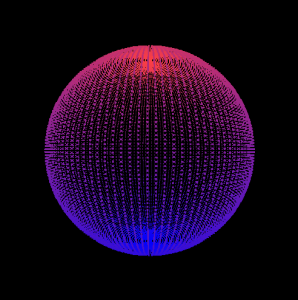Simon: worked on prototyping the virtual environment in OpenGL
Chelsi: worked on concepts and the music we will use
Tim: researched different ways to analyze the music
Accomplishments this week: A basic prototype of the environment was created. I wasn’t able to get as much done as I hoped because I couldn’t test in the lab, so many aspects of the program are still waiting on that. The final music file was acquired and we are on track to start analyzing the music.
Problems encountered: The lab computer crashed when I went to go use it, and I couldn’t test with the code I wanted to. Testing had to be done at home, which had many limitations. This meant that many of the more complicated parts of the program are still up in the air without being able to test in the lab.
Schedule: We are slightly behind schedule because our program is not running in the lab yet. The music analysis is still on schedule, we will decide on a method of analysis and implement it next week.
Next week: Beginning of music analysis. Testing in lab and adding more parts to the environment. More experimentation in OpenGL.



